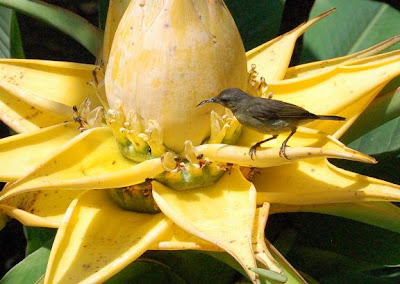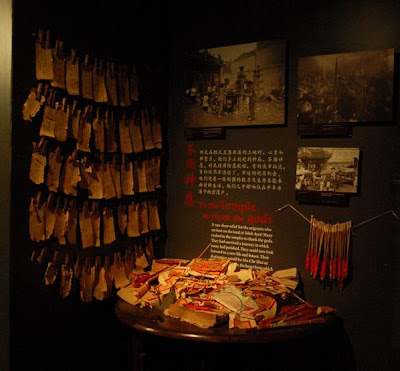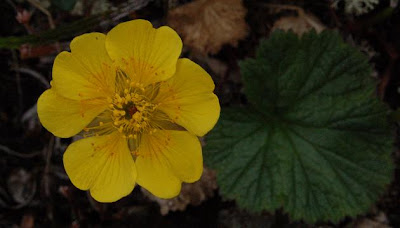My first public lecture took place this past week. Wednesday evening from 6:30 to 8pm. Mine was the first in a series of four lectures on the different aspects of Antarctica. I was terrified. I have never had to present something for an hour and a half, keeping people interested and engaged in what I have to say. Especially since it was on the theory behind my research. Who would want to hear that?! As it turned out 26 people did (among them my supervisor and three peers from Gateway). I had been preparing for this talk for about 3 weeks, getting slides together, thinking about what to say and what to do to keep people interested. And suddenly it was Wednesday morning, I still had slides to finish and ideas to cement. Aaaaahhhh!!!
But you know what it went well. In fact it was amazing. People listened to my every word, they asked questions, they looked thoughtful when they heard what I had to say. What a novel feeling; to have people pay money to hear me talk about my research, my interests, my passions.
I know mom and dad wanted to hear about it so I've come up with a mini written version for here. Read it if you like or save it for when you're really bored or just leave it. All up to you.
___________________________________________________

We often go through life without taking much thought as to how we come to see the world around us. It just is and we're happy enough to just accept that. But how do we come to perceive and understand the places we've never been to? How can we care so much for distant lands we may never experience ourselves and not care enough to pick up the pieces of trash we pass in the streets of our own homes? It is these questions that shape my research on New Zealanders connections to Antarctica. And the focus of this little segment is on the theory behind how we perceive and put meaning on far away places like Antarctica.

We perceive the world around us through our bodies and our minds. Using our five senses, sight, hearing, smell, taste and touch to learn about the environment we are in and our minds to help guide our senses and put meaning on what we see. The different ways we use our senses shapes how we associate meaning to what we sense. For example, sight is often our most relied upon sense. And in a way it is seen as our most objective sense, we see the world around and outside us. We are able to observe what happens around us without influencing what we are seeing. It allows us to remain distant and removed from the environment around us. Our other senses, like hearing, smelling and taste on the other hand require environmental information to physically enter our bodies. The sounds we hear enter in through our ears (holes in our head), smells waft in through our noses and the things we taste enter our mouths and feed our bodies. These are subjective and our interaction with them changes them (or us), making them far more emotional. Our sense of touch is one of our most intimate senses and although we have the saying "seeing is believing" our sense of touch is associated strongly with trust and truth. Think of the act of pinching ones arm to verify that you are really experiencing whatever it is you are experiencing.

Our minds also play a role in what we perceive around us. Our interests and purpose in an environment will determine what we notice and look for, thus shaping what we take in. Our personal experience and knowledge, our ideas, beliefs and values all work together in shaping the environmental information we receive from our bodies and give meaning to the environments we experience. The same space experienced by different people can mean very different things; Mount Erebus on Ross Island in Antarctica was the sight of a tragic tourist overflight crash in 1979, so for many, Mount Erebus is grave, a memorial, a sad place. Mount Erebus is also a peak to be climbed by those strong enough to endure the physical and mental challenges offered by an Antarctic mountain. It is a volcano to research. It is a scenic prominence to paint or photograph. It all depends on who you are, what you know, what you believe and so much more.
So our bodies bring in environmental information and our minds help direct our bodies and apply meaning to what we see. We bring these things together and create a sense of a place. Sense of place is an ever evolving idea, it is never complete and changes as you change. It is based on who you are, what you know and the experience you have of the place. This is where Antarctica is very different from most other places, because for most people the experience they have of Antarctica is had through museums, books, movies and other peoples stories. So an Antarctic sense of place is commonly built on the senses of others. This brings up an interesting question hotly debated in the human geography realm of sense of place and that is whether the physical environment plays an important role in determining our sense of place.

Constructionists believe that the physical environment plays no role in shaping our sense of place. They believe that a sense of place is purely shaped by our minds, the meanings we place upon a landscape are the only meanings present. Thus, Antarctica would not be the Antarctica we know without us thinking about it. On the other side of the coin, Being-in-place theory suggests the physical environment does play a role in determining how our sense of place is shaped. Either by the sheer fact that the physical environment will determine how we interact with it and therefore shape the meanings we associate with it, or by the idea of
genius loci. This is Latin for "spirit of the place", it refers to the idea that every place has a spirit of its own and it is this that we are experiencing when we experience a place. It is this spirit that artists commonly refer to trying to capture in their artwork and share with others.
So whether we believe the physical environment plays an important role in shaping our sense of a place or not, we all sense place. For a place like Antarctica, where most people do not get the opportunity to experience the place first hand, those experiences are shaped by stories from people who have been there, movies based on or about the continent, books, advertising that uses certain images to sell their products, museums and other such things. We are left with these second-hand sources of information to form our sense of place. Although they all range in the visions, sounds, ideas and feelings they propose for Antarctica, they all work to create an idea of the place. Integrating this information with who we are, what we already know and believe, we come up with Antarctica. Our own version, unlike anyone elses.

___________________________________________________
There you have it. A summarized version of my talk. Now I just need to squish that down into 10 minutes and I'll be set for Oslo and Hobart!


 I also got very, very hot here.
I also got very, very hot here. Oh, and I saw a very cute little bird in a ginger blossom.
Oh, and I saw a very cute little bird in a ginger blossom.



 The Arab Quarter - where I ate Egyptian food and shopped in Japanese boutique stores
The Arab Quarter - where I ate Egyptian food and shopped in Japanese boutique stores And Chinatown - where I wandered through the Heritage Centre and visited the Bhuddist Temple
And Chinatown - where I wandered through the Heritage Centre and visited the Bhuddist Temple























